SIM SPOTLIGHT: From troops to SCOOPs (1995 - 1999)
Image: Disney
In 1995, Disneyland debuted the most technologically sophisticated ride that they world had ever seen. But guests stepping onto this cutting-edge, 21st century thrill ride didn’t appear to be stepping aboard a futuristic Starspeeder 3000, a time-traveling Delorean, or a medical miniaturization pod. Instead, it sure looked like they were hopping aboard rusted-out, reclaimed troop transports from World War I.
That’s because Disney had taken the guts of a motion simulator and placed them on a moving dark ride. Rumbling out of the station and into the ancient ruins of the Temple of the Forbidden Eye, the 12-passenger troop transports would suddenly spring to life, traveling along a forward path like a classic dark ride, but rumbling, banking, shuddering, and stalling thanks to embedded hydraulic motion actuators under the passenger array.
Image: Disney
That Modern Marvel: Indiana Jones Adventure and its 1995 opening didn’t just debut the new Enhanced Motion Vehicle (EMV) that essentially fused a media-based simulator with an authentic dark ride to turn the rider into an active part of the story.
It also re-ignited the themed entertainment industry. Because at Universal, designers have spoken loud and clear: it was the debut of Indiana Jones Adventure that caused them to look at the Spider-Man ride they were developing for Universal’s new theme park and decide against using the simple, passive, tried-and-true Omnimover ride system (most famously seen on the Haunted Mansion) in favor of something with a little more oomph.
Image: Universal / Marvel
In 1999, Universal debuted the ride that redefined simulators yet again. Itself a Modern Marvel: The Amazing Adventures of Spider-Man saw Indiana Jones’ EMV and raised it. The so-called SCOOP ride system likewise is a classic dark ride, traveling along a path through physical scenes.
But the SCOOP not only bucks and rumbles (and spins), but interacts with 3D screens set among the dark ride’s physical scenes. With shifting perspective to match riders’ moving points-of-view, Spider-Man’s 3D screens act as windows into another world, expanding and extending scenes, allowing action on-screen to trigger tactile effects on-scene.
Image: Universal / Marvel
Arguably, The Amazing Adventures of Spider-Man remains, to this day, the most spectacular showing of that early STAR-TOURS-set idea of what a simulator could be: bucking, twisting, rumbling, pitching, banking, flying, and falling, perfectly in-sync with a falsified “world” around riders.
SIM SPOTLIGHT: Soarin’ Over California (2001)
Alright, so the ‘80s birth of the motion simulator in theme parks had crescendoed in the ‘90s with ever-more elaborate installations, up to and including Indiana Jones Adventure and the Amazing Adventures of Spider-Man. The latter might’ve even become the defining example of the genre, perfectly encapsulating the ride system’s capabilities.
So when Disney returned to the simulator ride, it would be in an entirely new category. In 2001, Disney opened a new theme park that had the industry talking for all the wrong reasons. The subject of its own Declassified Disaster: Disney’s California Adventure feature here, Disneyland’s infamous second gate didn’t have much to write home about. In fact, when it opened, the park was woefully short on rides, and had practically nothing that fans would call “Disney quality.” There was one exception.
Image: Disney
Soarin’ Over California was one of the most spectacular attractions Disney’s Imagineers had ever designed. Smartly, Disney (temporarily) ended the arms race in the simulator battles of the theme park wars and opted to do something very different with the technology. Soarin’, in many ways, would be the antithesis to Star Tours. On-board, riders seated in rows of a “hang-glider” would be hoisted up and positioned inside of a domed, OMNIMAX screen on its side, surrounded not only in the sights of California (its coasts, deserts, cities, forests, and peaks) but in the sounds of a cinematic score by Jerry Goldsmith and accompanying smells. Soarin’ was for all: an emotional, moving, spectacular celebration of California.
Naturally, it was duplicated within Epcot's The Land pavilion in Walt Disney World.
Image: Disney
Ultimately, both installations have made their way into an in-depth Lost Legend: Soarin’ Over California feature because they’ve since made the switch to an international Soarin' Around the World ride film instead. But to this day, Soarin’ remains one of the most sensational rides Disney’s ever created, and in its own way remains as awe-inspiring as Star Tours.
21st Century simulators (2000 - 2009)
The first decade of the 21st century, we see the “standardization” of simulators.
Take, for example, The Amazing Adventures of Spider-Man. After its 1999 debut (years ahead of its time), few could have imagined where the “SCOOP” ride system would appear next… But those who were betting probably wouldn’t have assumed that the advanced ride type would make the jump to a regional, seasonal theme park in Virginia.
Image: SeaWorld Parks
Yet that’s where the Lost Legend: Curse of DarKastle was built, ingeniously transposing the ride system into a legendary journey through the cursed history of a German king. Truly a 21st century haunted house, DarKastle thrust guests into classic 3D “gotcha” scenes before catapulting into a wild, aerial race to defeat the mad King Ludwig, aided by his mother’s forlorn spirit.
Image: Disney
At Epcot, the controversial Mission: SPACE was constructed over the bulldozed remains of the park’s thesis dark ride and Lost Legend: Horizons, fittingly demonstrating Future World’s new direction: a semi-scientific realm of E-Ticket simulators and thrill rides. Admittedly, Mission: SPACE is a bit brainless and has suffered enough bad press as to require that Disney lower its gravity, but make no mistake: Mission: SPACE was once envisioned as the direct evolution of their line of simulators, providing unfathomable physical realism.
Remember that rash of studio parks that spread across the world in the early ‘90s, with Universal Studios Florida and the Disney-MGM Studios as its epicenter? If the 2000s taught them anything, it’s that keeping a movie-themed park current is no easy task. In the early 2000s (spurred, in part, by the more “timeless” intellectual properties that populated Islands of Adventure), Universal set forth an ambitious plan for keeping its original 1990 studio park current, even if it meant cannibalizing classics like the Lost Legends: Jaws and Kongfrontation that had seemed untouchable just a year earlier.
Image: Universal / Fox
Jump then, to Universal’s own Lost Legend: Back to the Future - The Ride once more, now sixteen years old. The very ride that had justified the park’s existence was determined to be obsolete. And just like that, it closed forever. While fans still lament the loss of Back to the Future, it's an interesting case study; one of the first large-scale simulator attractions to be “upgraded” by (more or less) just swapping out the ride film. That’s how The Simpsons Ride came to both Universal’s American parks.
But, for the most part, simulators were still accessory attractions, even if they were gaining traction in park lineups. It’s the 2010s that would see the explosive growth (or perhaps, overgrowth) of simulators… and that’s where we’re headed. Read on…
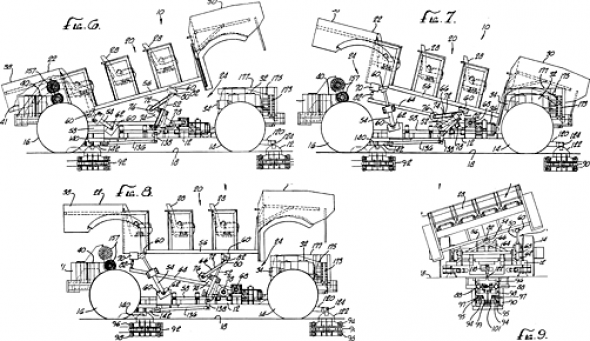
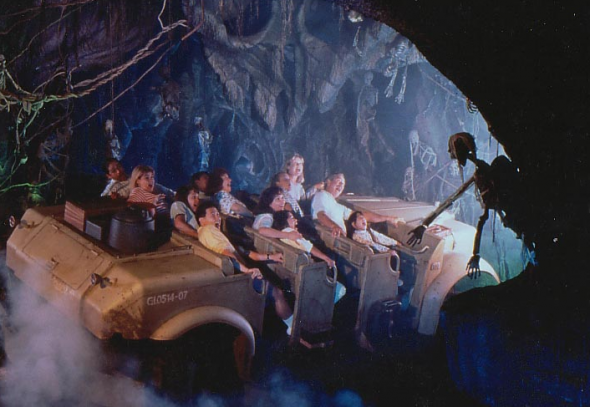
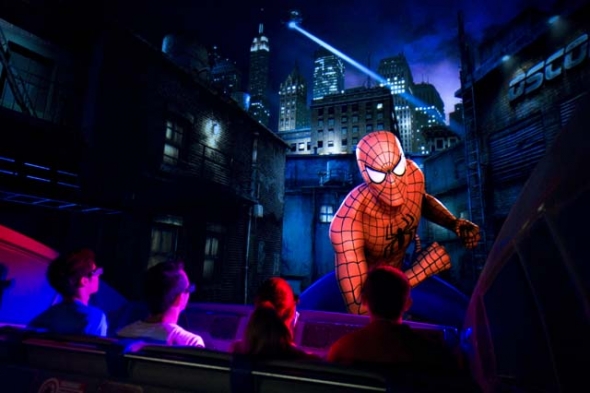
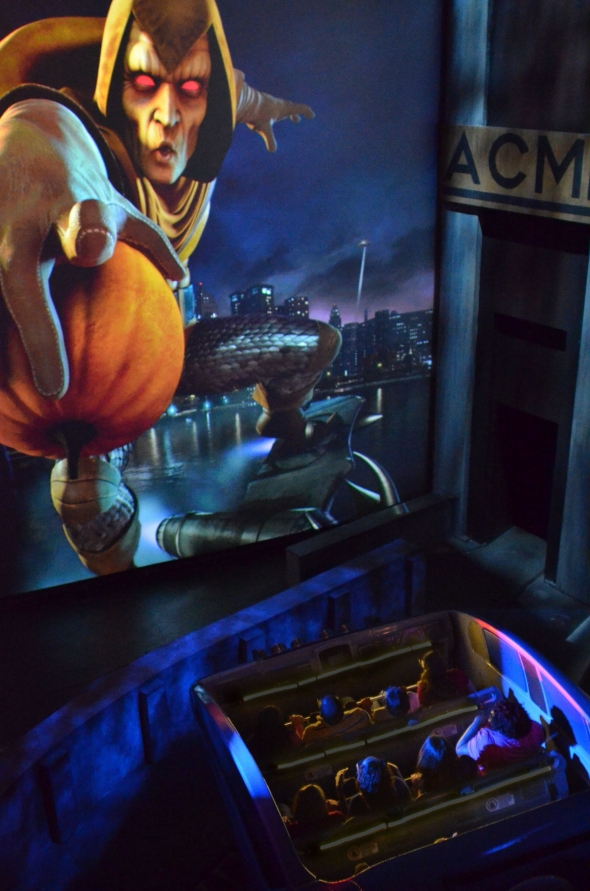
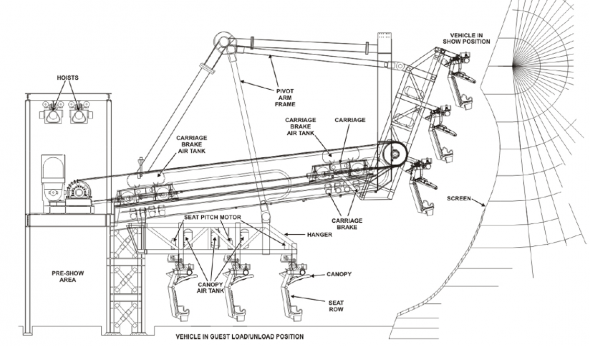
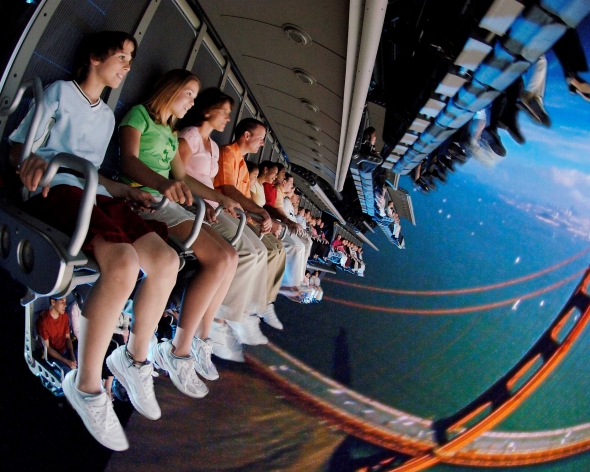
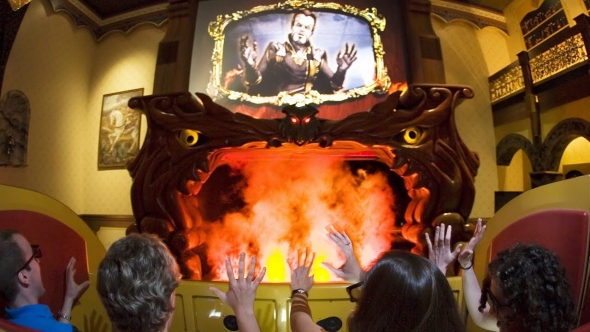
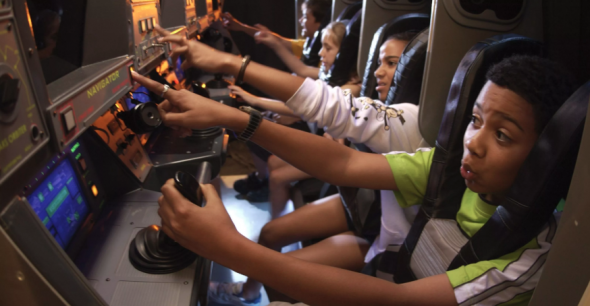
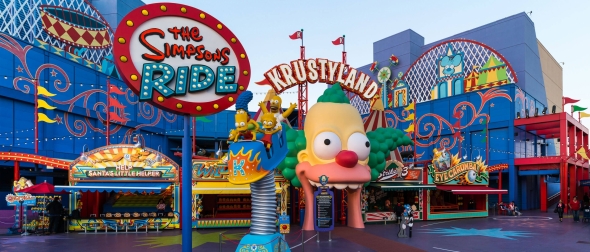

Add new comment